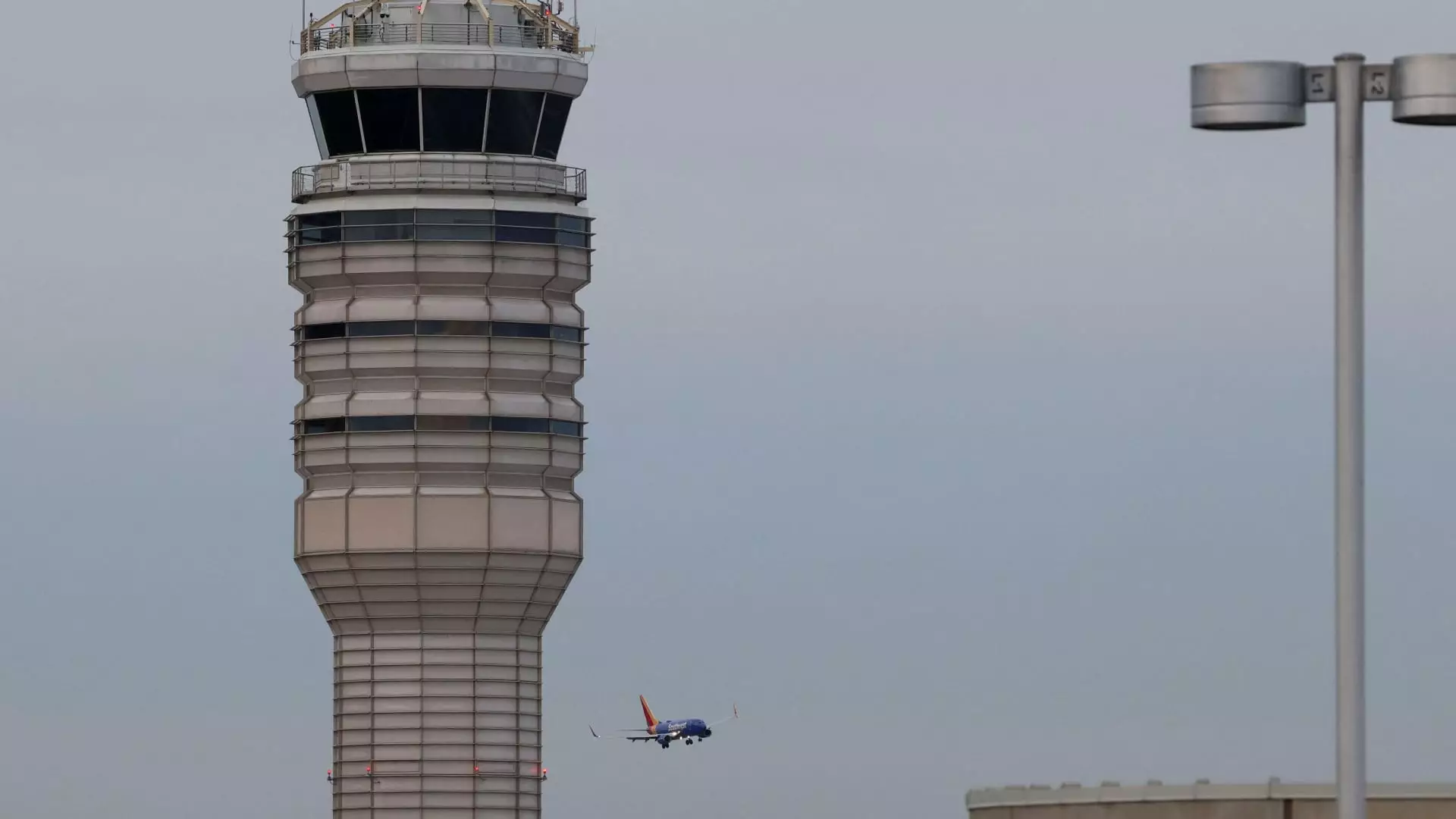In the wake of a horrific accident involving an Army Black Hawk helicopter and an American Airlines jet, the Federal Aviation Administration (FAA) has announced immediate restrictions on helicopter operations around Ronald Reagan Washington National Airport. This incident, resulting in the tragic loss of 67 lives, has underscored the pressing need for robust safety protocols in the busy airspace of our nation’s capital. Transportation Secretary Sean Duffy articulated the move as a critical response aimed at bolstering public confidence in the aviation safety system.
The newly defined restricted zones will cover a significant portion of the airspace adjacent to the airport. This includes areas from Memorial Bridge to South Capitol Street Bridge, while excluding the Tidal Basin, as well as regions from Haines Point to the Wilson Bridge. By clearly demarcating these restrictions, the FAA is implementing a framework intended to reduce the likelihood of such fatal incidents occurring in the future.
Todd Inman from the National Transportation Safety Board provided insight into the operational procedures governing helicopter traffic in Washington, D.C. Helicopters navigate through designated tracks during their flights, which are designed to minimize conflicts with other aircraft. However, the recent tragedy has thrown a harsh spotlight on the efficiency of these track systems, prompting a reevaluation of how these paths are utilized and managed throughout the high-traffic airspace surrounding Reagan Airport.
The Collision’s Severity and Implications
The flight impacted was American Eagle Flight 5342, which was in its final moments of approach to Reagan National when the mid-air collision occurred. The aircraft, a CRJ700, was at a descent altitude of approximately 300 feet when the unthinkable happened. The incident marks a disheartening milestone as it is considered the first deadly crash involving a commercial airline in over 15 years, evoking memories of the aviation crises of the past. American Airlines CEO Robert Isom expressed his bewilderment regarding the circumstances leading up to the crash, emphasizing the need for clarity and accountability in military and civilian aviation interactions.
Continued Investigation: Seeking Answers
As investigators sift through the wreckage and analyze critical data, focused inquiries will revolve around several key factors, including altitude, staffing protocols, and communication efficiency with air traffic control. It is paramount that the investigation offers practical insights that not only clarify what went wrong but also inform future strategies meant to avert similar tragedies. Both the FAA and airline operators are under immense pressure to ensure the safety of the flying public as more information comes to light.
The FAA’s swift action to implement helicopter traffic restrictions is a necessary response to a deeply troubling incident that has shocked the American public. As authorities delve deeper into the investigation, it is essential that systemic changes are introduced to prevent a recurrence of such tragedies. The safety of air travel hinges on the continuous evolution and adaptation of aviation regulations, ensuring that every precaution is taken to avoid intersection mishaps in increasingly crowded skies. The trust and confidence of the flying public must be restored, and today’s actions represent a vital step in that direction.


Leave a Reply